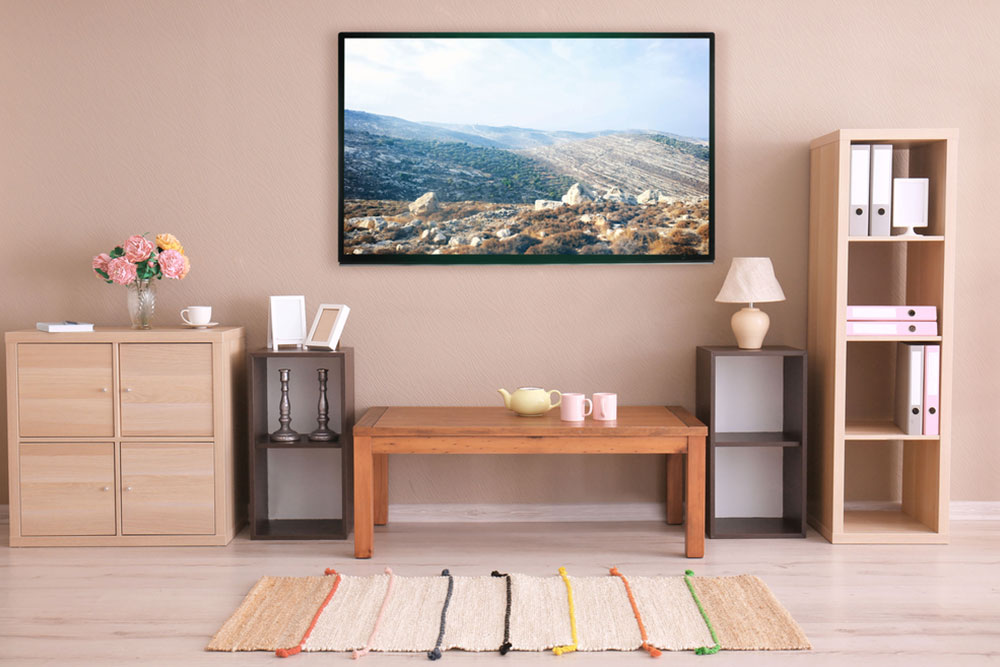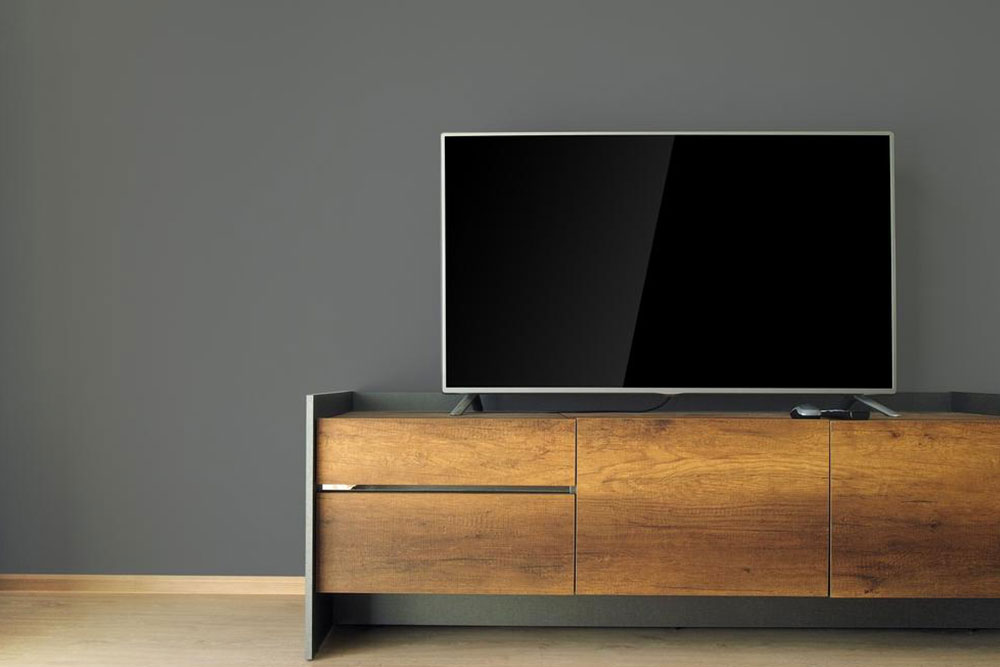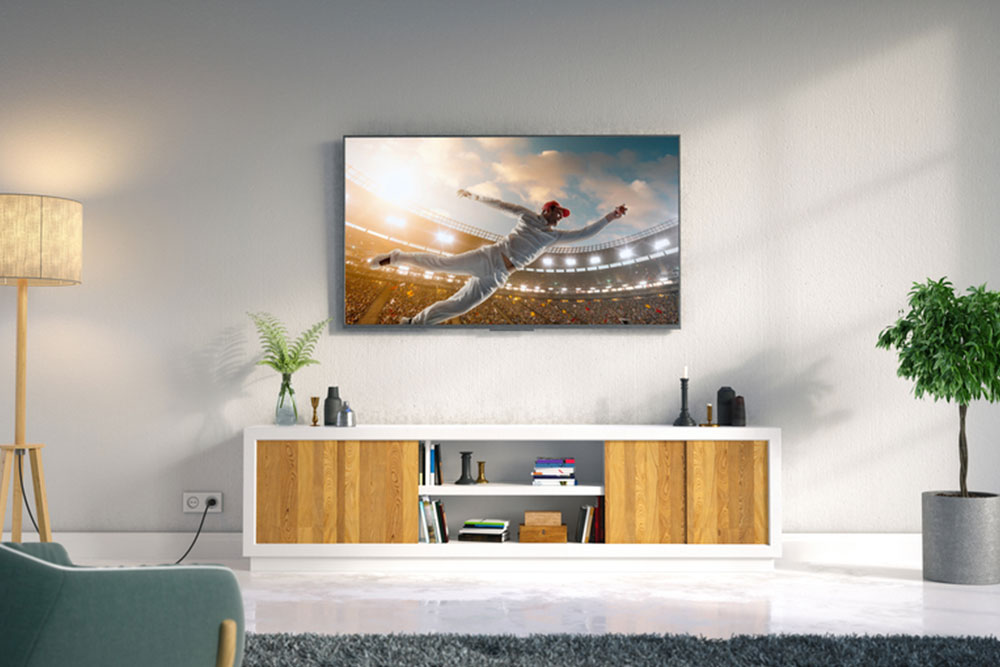Comprehensive Guide to Selecting the Ideal Large Screen TV for Your Home
This comprehensive guide offers detailed insights into choosing the perfect large screen TV for your home, considering factors like room size, viewing distance, resolution, and ergonomics. Learn how to balance size with space constraints to create an immersive and comfortable viewing experience tailored to your specific needs, ensuring maximum satisfaction and value from your new entertainment setup.

Comprehensive Guide to Selecting the Ideal Large Screen TV for Your Home
Choosing the perfect large screen television is a crucial decision that significantly impacts your overall entertainment experience. While brand reputation and picture quality are essential factors, the size of the TV and its compatibility with your living space are equally vital. An ill-fitting TV can lead to dissatisfaction, awkward viewing angles, or even space constraints. Therefore, understanding how to select the right size based on room dimensions, viewing distance, and personal preferences is fundamental to making an informed purchase. This extensive guide covers all necessary considerations to help you choose a large display TV that elevates your home entertainment setup.
Whether you’re upgrading your existing TV or purchasing a new one for your living room, lounge, or entertainment area, paying attention to key factors can make all the difference. Proper size selection not only enhances visual immersion but also ensures comfort during prolonged viewing sessions. Let’s explore these critical factors further, providing a detailed explanation of each, along with practical tips to assist your decision-making process.
Understanding Viewing Distance and Its Impact
One of the most important considerations when selecting a large screen TV is the optimal viewing distance. This distance determines how close you can sit to your TV without compromising picture quality or experiencing pixelation. The general rule of thumb is that your viewing distance should be approximately three times the height of the TV for standard HD screens and closer for 4K or UHD models, where higher resolutions allow for near-field viewing without loss of clarity.
For example, a 55-inch TV, which is among the most popular sizes for home use, is ideally suited for rooms where viewers are seated between 6-9 feet away. Sitting closer than this can cause you to notice individual pixels, diminishing the immersive experience, especially with lower-resolution sets. Conversely, if you sit too far, the viewing becomes less engaging, and details may be missed. Taking room dimensions into account ensures that your TV fits seamlessly into your space, offering an optimal balance between size and viewing comfort.
Additionally, for high-definition content, sitting at the correct distance enhances detail clarity. For 4K TVs, you can sit closer without noticing pixelation, thus maximizing the visual experience and the perceived size of the display.
Room Size and Space Constraints
Room size and layout play crucial roles in determining the suitable TV size. In smaller rooms or densely arranged spaces, larger screens might feel overwhelming or dominate the area, creating a cluttered or uncomfortable environment. Conversely, spacious rooms provide an excellent opportunity to enjoy bigger displays without sacrificing comfort.
If your living space is limited, opting for a 50 to 55-inch TV can be a perfect choice, as these screens are manageable yet provide an immersive experience. For larger rooms with ample seating arrangements—say, six to nine feet from the viewing area—consider 60-inch or bigger models. These sizes can provide a cinematic feel, especially when combined with high-resolution screens like 4K or UHD.
To make the best decision, measure your available space—both wall dimensions and seating arrangements—and think about how the TV will fit into the existing decor. Ensuring sufficient clearance around the TV prevents overcrowding and maintains aesthetic balance.
Viewing Angles and Comfort
Proper viewing angles are often overlooked but are vital for an unobstructed and comfortable viewing experience. The ideal TV should be positioned so that viewers’ eyes are level with the center of the screen, reducing neck strain and distortion. Guidelines suggest that the vertical tilt should be within 15 degrees, and the horizontal viewing angle should not exceed 40 degrees from the center of the screen.
This means the TV should be mounted or placed in a position that aligns with your eye level when seated. If viewers are positioned at different spots around the room, consider an adjustable wall mount or wider viewing angles available on certain models that maintain picture integrity from various positions.
Before finalizing your purchase, consult with retailers or manufacturers for specific measurements, ensuring your setup will be ergonomically optimal, and everyone in your household can enjoy the screen comfortably.
Resolution and Screen Size Compatibility
The choice of resolution directly influences the appropriate screen size for your viewing habits. Generally, larger screens necessitate higher resolutions to maintain image sharpness. For screens under 40 inches, 720p resolution can be adequate; however, as screen sizes grow to 50 inches and above, 4K or UHD resolution becomes increasingly important to produce crisp, detailed images.
For instance, a 60-inch TV with 4K resolution offers remarkable clarity and deep color depth, especially when seated at a moderate or close distance. This combination ensures a cinematic look, drawing viewers into the content. When choosing a large display, always verify that your device sources support high-definition content to maximize the visual benefits of your new TV.
It’s also worth noting that future-proofing your purchase by selecting a model with 4K or higher resolutions can safeguard your investment as streaming platforms and content providers continue to shift toward higher definition formats.
Final Tips for Choosing the Right Large Screen TV
In summary, selecting the appropriate large display TV involves a combination of understanding your room’s dimensions, your seating arrangement, preferred resolution, and budget. Start by measuring your space carefully, then determine your ideal viewing distance and ergonomic setup. From there, explore models from reputable brands, considering features like smart TV capabilities, HDR support, and refresh rates.
Remember to compare prices and read customer reviews to ensure quality and value. Visiting physical stores can help you assess the look and feel of different models in person, aiding your decision. Investing time in research guarantees a satisfying purchase that enhances your home entertainment setup for years to come. An informed choice ensures that your new TV will provide stunning visuals and comfortable viewing experiences for everyone in your household.





